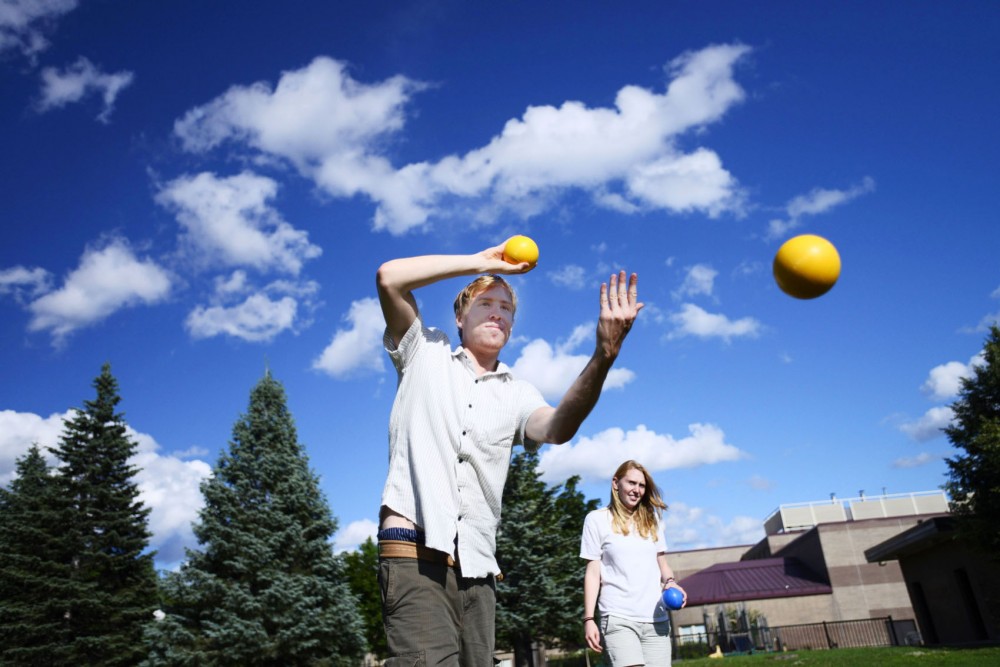Building relationships within the University of Minnesota neighborhoods has long been the goal of the Student Neighborhood Liaisons.
Now, they want to rethink their approach in order to get residents more involved in their communities.
The liaisons group is designed to work with local students, groups and associations. Working in the Marcy-Holmes, Prospect Park and Southeast Como neighborhoods, they address resident issues and promote community engagement.
Kendre Turonie, coordinator for student and community relations at the University, said although the program works to engage with students and residents, the liaisons have shifted their focus from building a foundation in the community to promoting active participation.
“Building those partnerships is still a part of what we do, but we’d really like to be focusing in on student issues in the neighborhood, [like] how they interact within their community,” Turonie said.
Exposure has been a problem for the program, partly because a lot of the work is “behind the scenes,” liaison Kim Booher said.
“When people don’t know who we are it’s hard for them to identify with us and our work and recognize us as a resource,” she said.
“It takes a lot of time for it to be engrained that we’re a resource for the community, especially with so much overturn in the neighborhoods,” said Carrie Noble, one of three assistants to the coordinator.
Those who have worked with the liaisons recognize the program as a source for additional support.
“They’ve been so helpful whenever we have an event or a project that we need help with. It’s just so nice to know that they’re always there to help if we need it,” said Melissa Bean, the executive director of the Marcy Holmes Neighborhood Association.
The liaisons have made a number of recent adjustments to change the way they interact within the community, starting with their staffing model.
In the past, liaisons were assigned specific blocks to engage with through door-knocking and handouts.
This year, the liaisons work together in all three neighborhoods to balance outreach, Turonie said
The liaisons have created an email list to promote volunteer and engagement opportunities within the community.
Additionally, they’re developing specific questions and rating systems to gather feedback on student safety and issues with landlords and are working to organize projects to encourage better resident engagement.
Events the liaisons have helped to organize range from disc golfing tournaments to a neighborhood free store, designed to reduce curb-side waste. Currently, the liaisons are hosting weekly Lawn Game Nights and have spearheaded the Gateway Mural Project, an artist-led mural to transform the retaining wall along 15th Avenue Southeast.
“We are successful when the neighborhoods are thriving as positive places where people want to live and be engaged,” Turonie said.
The liaisons are changing their approach internally as well by creating a curriculum for the program to serve as framework for future work within the community.
“With this curriculum, we’re trying to think about what our role is, how we can meet the needs of students at specific points in their career at the University and even what the best time of year is to address certain issues,” Turonie said. “It’s still a growing process.”
The focus now is to utilize the foundation to get residents engaged.
“We’re always looking to increase community involvement and feedback,” said Ryan Pusch, an assistant to the coordinator. “We’re just exploring different ways to do that.”
“It’s community organizing at its core,” liaison Jon Buettner said. “We’re not trying to start something. We’re trying to be a catalyst.”








